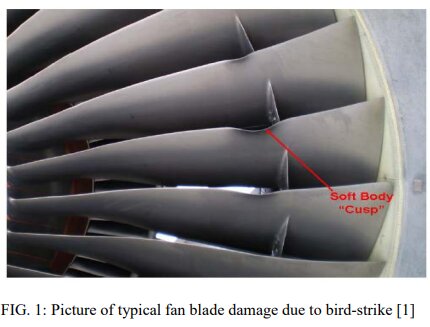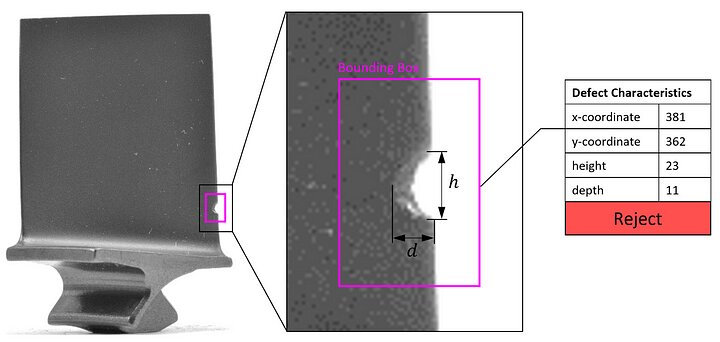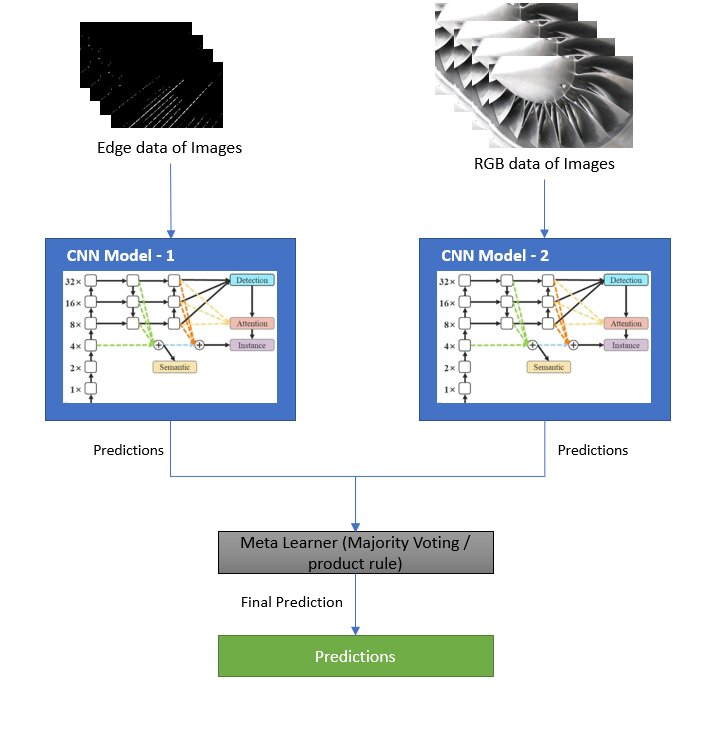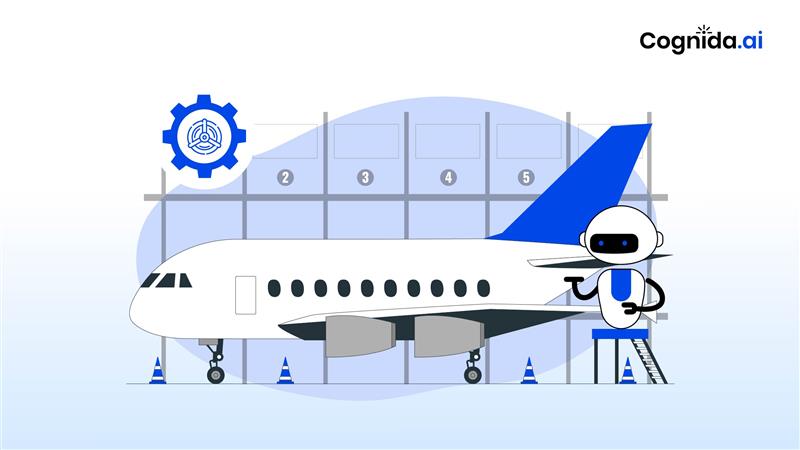Introduction
Aircraft maintenance adheres to rigorous regulations and standards established by national and international aviation authorities, demanding skilled technicians and mechanics to execute essential tasks.
Air travel is one of the most reliable modes of transportation today. Ensuring the safety and reliability of millions of flights every year depends on rigorous maintenance and inspection of aircraft components, including turbine engines. These engines are the powerhouse of an aircraft and any defect, if left undetected, can lead to catastrophic consequences.
Traditionally, maintenance personnel inspect turbine engines manually, which can be time-consuming, labor-intensive, and prone to human error. Enter computer vision and artificial intelligence (AI), two emerging technologies that have the potential to revolutionize the way defects are detected in plane turbine engines. This article will explore the problem statement, specific computer vision methods, and AI models employed in this cutting-edge technology, along with a detailed technical description of their inner workings.
The Problem Statement
Turbine engines are intricate machines that consist of various components such as fan blades, compressors, combustion chambers, and turbines. Detecting defects in these parts is crucial to ensure the smooth and safe operation of aircraft. However, manual inspection has its limitations:
Human inspectors may miss small defects or misinterpret indications of damage.

It is time-consuming and requires highly skilled personnel.
The inspection process can be subjective, with varying interpretations from different inspectors. The following image illustrates various types of damage that can happen to a blade of an aircraft engine —

These challenges have led to the development of automated defect detection systems using computer vision and AI.
Computer Vision Methods and AI Models
With the use of Computer Vision methods, in synergy with AI models, this solution can be solved to a great extend. A typical process for this involves:
Image acquisition: High-resolution images or videos of the engine components are captured using cameras or other imaging devices. Ideally, we would want the images be captured from different angles, to capture the 3D spread of all the blades. This will ensure resilience of AI model further down the line during training and inference.
Image pre-processing: Images are enhanced and filtered to remove noise and improve clarity. This may include removal of spatial blur, directional blur, inpainting (degradation of pixel information of an image), excessive refection of light (using Multi-view imaging techniques and Multi-spectral imaging techniques, made possible in the previous step, i.e., capturing images from different angles).
Data augmentation: To improve the robustness of the AI model, data augmentation techniques like rotation, scaling, flipping, or adding synthetic noise can be applied. This helps the model generalize better and recognize defects in a variety of situations.
Feature extraction and classification using CNN: Once the images are preprocessed and augmented, they can be fed into a CNN for feature extraction and classification. The CNN architecture should be designed to handle the specific task of defect detection in aircraft blades. It may consist of multiple convolutional layers, pooling layers, and fully connected layers, followed by an output layer with softmax activation for multi-class classification.
Classification: AI models are trained to recognize defects based on the extracted features and classify them accordingly.

Some widely used computer vision methods for this purpose include:
- Edge detection: Techniques such as Canny, Sobel, or Scharr filters are used to identify edges in the images. These edges can then be analyzed for irregularities that may indicate defects.
- Texture analysis: Algorithms like Local Binary Patterns (LBP) and Gray-Level Co-occurrence Matrix (GLCM) are used to analyze textures and identify abnormalities in the surface of the engine components.
- Optical flow analysis: This method helps in detecting changes in the position of objects between consecutive image frames, which can help identify moving or vibrating components that may require attention.
The AI models employed in this field are primarily deep learning-based, such as Convolutional Neural Networks (CNNs) and Recurrent Neural Networks (RNNs). CNNs are particularly effective in image classification tasks, while RNNs can handle sequential data, making them suitable for video analysis.
Synergizing Computer Vision and AI: An Integrated Solution
So far we have the following –
- A set of appropriate Computer Vision Techniques that have been tuned to work well with the scenario of a detecting defects in turbo fan engine during manual inspection.
- An AI model (probably based on CNN, like Yolov7) that has been trained to detect various classes of defects as part of the labeled data.
Now come the real challenge — “How do we mate these into a solution that can result an industry acceptable accuracy of defect detection during the process of manual inspection of turbo-fan engines?”
In my opinion, Computer Vision should be used as a pre-processing layer to the CNN based model. By doing this, the AI model (CNN) can focus on extracting meaningful features from the images and detecting defects with higher accuracy. This combination ultimately enhances the efficiency of the defect detection process and helps ensure the safety and longevity of aircraft blades.
Image preprocessing:
- Resize images: Standardize the size of all images in the dataset.
- Denoising: Use filters like Gaussian, Median, or Bilateral filters to reduce noise while preserving edges.
- Contrast enhancement: Apply histogram equalization or adaptive histogram equalization to improve the visibility of defects.
- Edge detection : Methods like Canny, Sobel, or Laplacian of Gaussian (LoG) to emphasize defect edges. (Let’s say we use Canny)
Now, we have the following set of images with their discreet characteristics-
- Set of enhanced and cleaned images in RGB.
- Set of images of detected edges.
So we can now train two CNN models based on the above sets and ensemble the results to arrive at a highly accurate prediction of defects like the below illustration —

Conclusion
The synergy of computer vision and AI technologies has the potential to revolutionize the way defects are detected in plane turbine engines. By automating the inspection process and minimizing human error, this integrated solution promises to improve the safety, reliability, and efficiency of air travel. As computer vision and AI continue to evolve, we can expect further advancements in this domain, leading to even more sophisticated and accurate defect detection systems for the aerospace industry.
